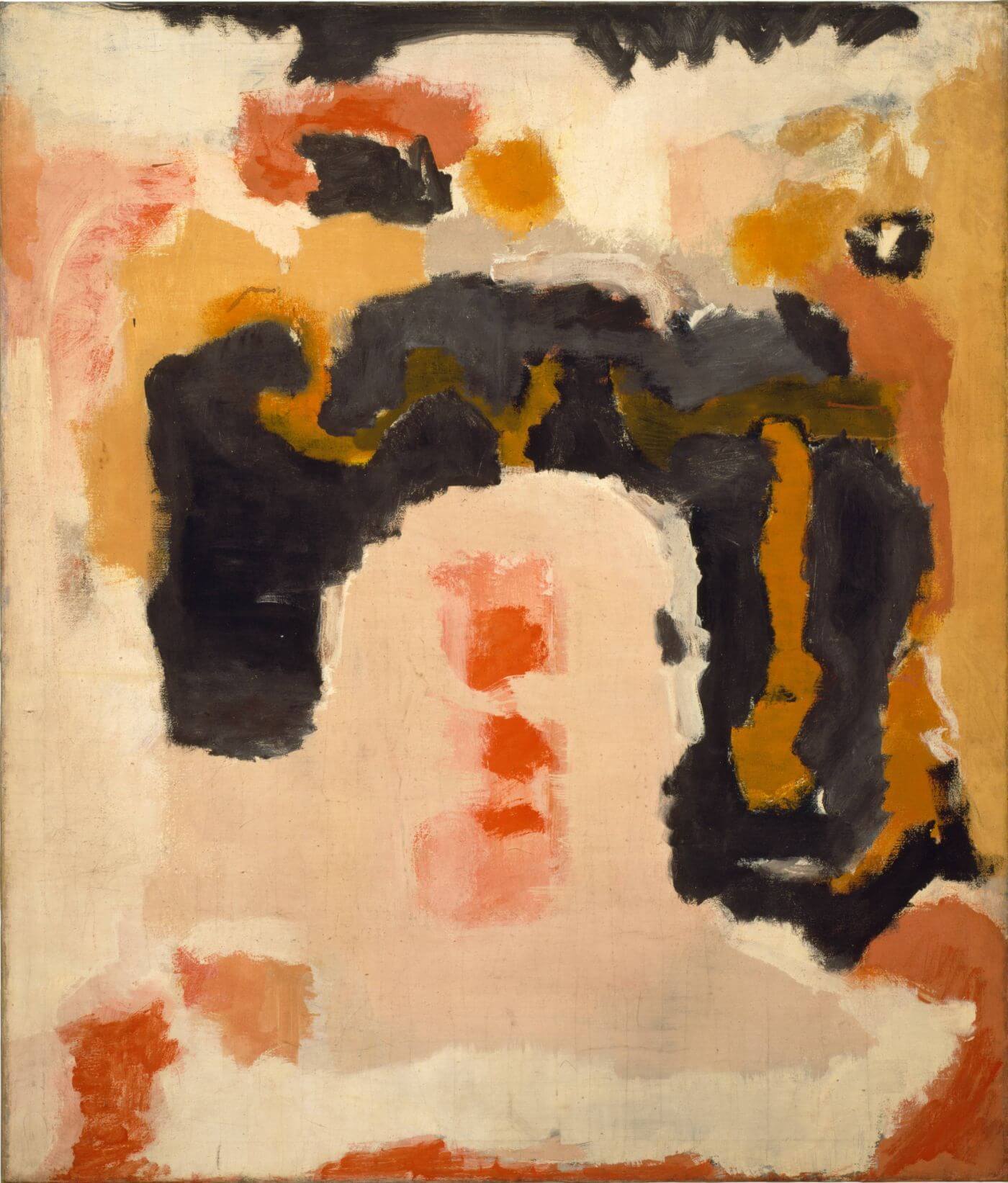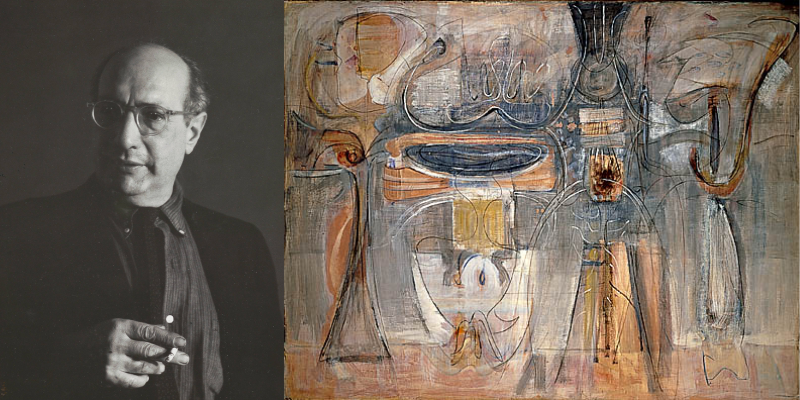25th September 2023. ON THIS DAY.
“I’m interested only in expressing basic human emotions. And the fact that a lot of people break down and cry when confronted with my pictures shows that I can communicate these basic human emotions.”
– Mark Rothko
Born on this day in Russia, Mark Rothko was an abstract painter. Through numerous stages of his work, Rothko’s artistic path was a thorough investigation of human emotions. There are several distinct phases in his development as an artist, each with its own style and topics.
Mark Rothko Artworks
Early Work and Urban Scenery
Urban scenes and daily life were shown in Rothko’s early works, which were influenced by his studies in New York City and the mentoring of Max Weber. His paintings during this time exhibited an emotional and unconventional approach to his topics and were distinguished by a purposeful deformation of figures and a rough application of paint.

Myths and Symbolism (Early 1940s)
Rothko’s work veered towards the metaphorical in the 1940s. He resorted to mythological themes and Surrealism in response to the fears of the day and the urge to portray tragedy. He drew inspiration from ancient rites, classical literature, and the Old and New Testaments, and he felt that the subject matter of his paintings had to be tragic and eternal. His early works, like “The Omen of the Eagle” and “Sacrifice of Iphigenia,” were infused with mythological symbolism and served as the inspiration for his subsequent work.

Biomorphic Forms and Surrealism

With the help of surrealists like André Masson and Joan Miró, Rothko experimented with biomorphic forms in the middle of the 1940s. He explored the primal and unconscious facets of human existence in his abstract and transparent paintings made with watercolour and gouache. His career took a turn with the publication of these pieces, including “Hierarchical Birds” and “Sea Fantasy,” as he started to experiment with the fluidity of the medium and more abstract imagery.
Toward Abstraction (Late 1940s)

By 1947, Rothko had abandoned surrealism and taken all traces of mythological imagery out of his works. His compositions started to lose their objectivity and were made up of asymmetrical colour patch arrangements and vague shapes. These pieces, referred to as “multiforms,” used colour and shape to represent different emotional states. Rothko believed in the power of simplicity and clarity, advocating for the elimination of obstacles between the artist’s idea and the viewer’s understanding.
Chromatic Abstraction

The art of Mark Rothko continued to develop into what is now referred to as chromatic abstraction in the late 1940s and early 1950s. During this time, his paintings featured broad, rectangular colour fields with fuzzy edges. He stopped using linear elements and started using colour and form to express intense emotional experiences. His investigation of colour’s capacity to evoke strong emotions and spur introspection is best seen in pieces like “No. 9” and “No. 8,” among other examples.

The search for a way to express the most fundamental human emotions characterised Rothko’s career as an artist. He thought that creating art was a means to engage with the timeless and universal features of the human predicament. His paintings, which continue to move and inspire viewers and bring them closer to the essential emotions of tragedy, ecstasy, and doom that he sought to convey, carry on his legacy.
Conclusion

Mark Rothko’s evolution as an artist, from his early urban scenes to his later chromatic abstractions, reflects his unwavering commitment to expressing basic human emotions. Rothko’s belief in the power of simplicity and clarity, combined with his dedication to eliminating obstacles between the artist’s idea and the viewer’s understanding, left a lasting legacy in the world of abstract expressionism. Rothko’s art was not merely a visual experience but a spiritual journey into the depths of the human soul.
Read Also:





